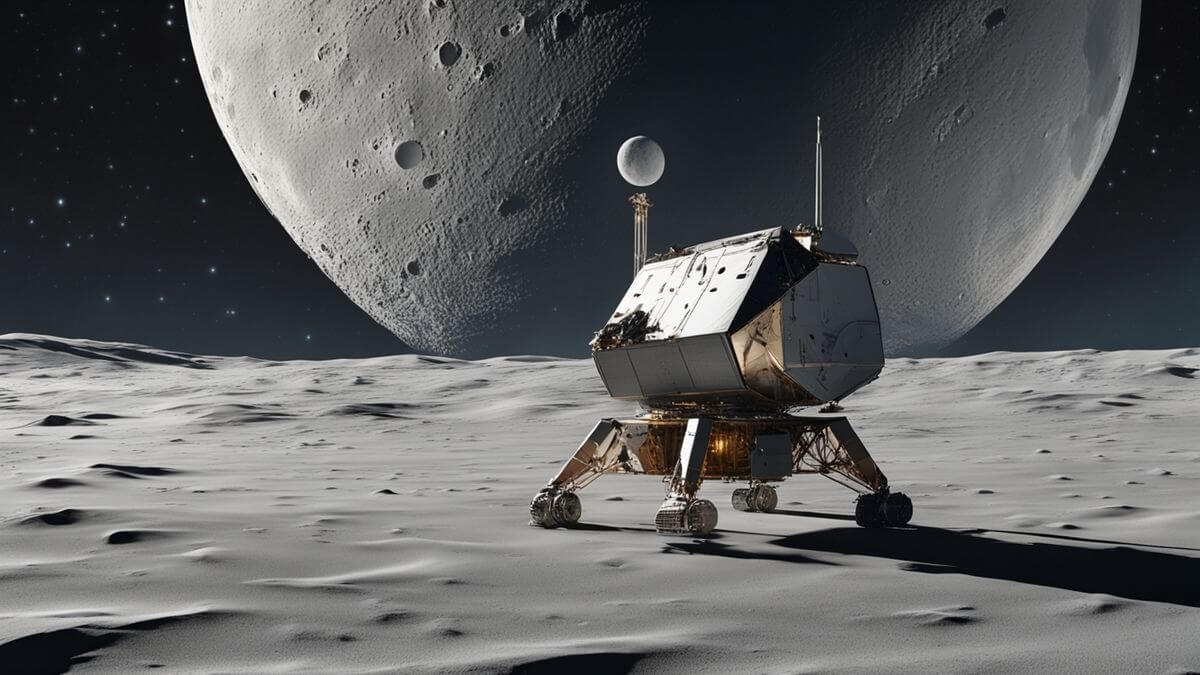In a surprising turn of events, the US lunar lander Odysseus, which landed sideways on the lunar surface on February 22nd, 2024, continues to function and transmit data back to Earth. This unexpected resilience has instilled renewed optimism in the space exploration community, offering valuable insights for future lunar missions.
Odysseus, the first American spacecraft to touch down on the Moon in over 50 years, was initially intended for a ten-day scientific mission. However, an eleventh-hour navigational glitch resulted in a sideways landing, casting doubt on the lander’s ability to fulfill its objectives. The tilted position hampered communication with Earth and limited access to sunlight, crucial for powering the lander’s solar panels.
Despite these challenges, the team behind Odysseus, led by private space company Intuitive Machines, refused to give up. Engineers worked tirelessly to optimize communication channels and leverage the limited sunlight available. This dedication paid off, with Odysseus exceeding expectations by continuing to transmit valuable scientific data and operate instruments on the lunar surface.
“Odysseus is truly defying the odds,” said Dr. Sarah Jones, lead scientist for the mission. “The sideways landing was a setback, but the team’s unwavering determination and the lander’s inherent robustness have allowed us to salvage a significant portion of the mission.”
The continued functionality of Odysseus holds significant implications for future lunar exploration endeavors. It demonstrates the potential for lander designs to adapt to unforeseen circumstances and the effectiveness of robust engineering in mitigating the risks associated with space travel.
“This experience highlights the importance of engineering for contingencies,” remarked Dr. David Kim, an aerospace engineer at NASA. “By studying the performance of Odysseus under these challenging conditions, we can refine future lander designs to be more adaptable and resilient.”





